

Oh, a storm is threatening
My very life today-
If I don't get some shelter
Oh yeah, I'm gonna fade away*
It's 1939. The world is on the eve of destruction. The forces of democracy and humanism have been forced once again to take up arms to contest tyrannical regimes, ruled by sick and evil men.
In Europe, Adolf Hitler and his Nazi Party have forged a terrifying new German state built on fear, obedience, military worship, and ferocious, unyielding hate of ideological opponents and "inferior races", building up a massive and well-trained military armed to the teeth with advanced and unprecedented weaponry, and devouring multiple smaller bordering states through unchecked aggression. The Duce of Italy, Benito Mussolini, has likewise turned his country from a Kingdom into an autocratic "fascist" state, determined to rebuild itself as a military and imperial superpower, remake the Mediterranean Sea into an Italian lake, and reforge the Roman Empire. In Asia, the Japanese Empire continues its brutal war against the Republic of China, with millions already dead, and with the eyes of the Imperial regime even now shifting to India, Australia, the Dutch Indies, Siberia, and the Philippines. These three nations, along with a number of smaller satellite states, form an authoritarian "Axis" on a worldwide scale. Straddling Europe and Asia is Stalin's Soviet Union, the hyper-industrialized and fearsomely powerful communist pariah state that has just struck a devil's bargain with Hitler's Germany to divide Poland and Eastern Europe between them, raising the terrifying specter of the Axis adding the USSR to its ranks.
To counter these vicious and inhuman new orders, who have spent decades preparing and honing themselves for total war, the forces of freedom are cautious, divided, and unprepared. Great Britain can still call on its Empire, its Navy, and its Royal Air Force to fight Germany and defend the Home Islands, but the Great Depression and the ongoing strain of maintaining the world's largest empire may have pushed British resources to the limit before the fighting has even begun. France, politically crippled and traumatized by its catastrophic losses from the First World War, will again be the prospective frontline for a European conflict, a monumental; burden that the country may not be able to sustain. Across the vast Atlantic Ocean lies the United States of America, still deeply isolationist and inward-looking, still unwilling to involve itself in foreign military conflagrations. Around these three superpowers orbit a number of smaller nations, fearful of the Axis and keenly aware of their own vulnerability.
For years, these "Allied nations" have allowed the Axis to grow in strength and power. The Allies appeased the Axis, hoping that in giving in to their demands, the Axis would eventually either stop their aggressive ways, or would collapse under the weight of their own tyrannical systems. Neither has occurred. And now, with the invasion of Poland, the Allies have finally reached their breaking point.
Though many do not yet realize it, nothing less than the survival of freedom and liberty across the world are at stake. Hundreds of millions of lives hang in the balance. Many believe the Axis forces to be unstoppable, and their ideologies to be the inevitable wave of the future.
But there are many more who intend to fight the tyrants to the last bullet to secure freedom - at any cost.
As the Second World War exploded into reality and the Allied powers hurriedly began to mobilize for war, the Royal Air Force, the British Secret Intelligence Service, and a few top Allied politicians and military leaders secretly commenced upon an unprecedented military experiment. Almost overnight, a select handful of the world's most elite soldiers, spies, pilots, and adventurers from across the world have been gathered together into a single fighting unit. All of these operatives are volunteers, united by little other than their extraordinary skill and their fierce opposition to international fascism. This new unit, combined of all these different types of fiercely motivated specialists, would theoretically allow for an unparalleled degree of combat efficiency, flexibility, and effectiveness.
This is 319 (Special Operations) Squadron - dubbed "Excalibur Squadron". They are the new vanguard of the Allies forces as they embark on the largest global struggle in the history of mankind. No assignment is too dangerous, and no risk is too great for these daring warriors. Smash-and-grab raids, guerrilla warfare, espionage, prisoner rescue, aerial operations, sabotage, covert assassinations...it's all in a day's work for 319 Squadron.
By the time the Axis realize what they're up against...it'll already be too late.
Excalibur Squadron is an intellectual property that is copyrighted by me alone, under the US copyright code. As such, I own everything here in terms of plot, characters, etc. By being a part of this RP, you are giving your consent to this being the standard operating procedure. I may well decide to make money off of Excalibur in the future, and as such, need to have the necessary infrastructure in place to ensure that somebody else can't just walk in here and steal ES from under my nose.
If you have any questions, feel free to TG me about it.
Sword 1/Sword Leader: Squadron Leader Robert Page (RAF) - British - American Tiger Kingdom
Sword 2: Warrant Officer Patrick Wade (RAF) - Irish - Morrdh
Sword 3: Flying Officer Clifford McTavish (USAAF/RAF) - American - Gibberan
Blue Flight:
Sword 4: Flight Lieutenant Geoffrey Talbot (RAF) - British - The Two Jerseys
Sword 5: Flying Officer Jimmy Thibodeaux (RCAF) - American/"Canadian" - Grenartia
Sword 6: Flying Officer Howard Cavalier (RAF) - British - Great Confederacy of Commonwealth States
Gold Flight:
Sword 7: Flight Lieutenant Harry White (RAF) - British - GOram
Sword 8: Flying Officer Gerlof Voerhoeven (SAAF) - South African - Cylarn
Sword 9: Flight Sergeant Sam Melody (RAF) - American - Monfrox
Green Flight:
Sword 10: Lieutenant (Flying Officer) Henri Vodat (AA) - French/Russian - United Kingdom of Poland
Sword 11: Flying Officer Kenneth Carson (USMC/RCAF) - American - Organized States
Sword 12: Staff Sergeant Sebastian Smythe (British Army) - British - Kouralia
Black Flight:
Sword 13: Commandant (Squadron Leader)Jean-Martin de Florac (AA) - French - Reverend Norv
Sword 14: Flying Officer David Richter (RAF) - German - Len Hyet
Sword 15: Flying Officer Djamel Haines-Sahnoun (RAF) - French Algerian/British - Tiltjuice
Associated Knockabouts
- Corporal Kaya Waddock (WAAF) - Australian - Morrdh
- Pilot Officer Douglas Stanford (RAF) - British - GOram
- Second Lieutenant Rupert Tennesley (British Army) - British - Kouralia
- Code: Select all
Name:
Date of Birth:
Rank:
Physical Description/Picture:
Place of Origin:
Flight/Flight Combat Experience:
Ground Combat Experience:
Combat Specialties and Skills:
Weapons of Choice:
RP Experience:
Personal History:
- Code: Select all
Name:
Age:
Occupation:
Physical Description/Picture:
Country of Origin:
Specialties/Skills:
RP Experience:
Personal History/Bio:
(I reserve the right to reject all applications based on reasons that may only be apparent to me. All rights reserved.)
Operation History
- Operation GRYPHON - Ongoing
*-Jagger/Richards


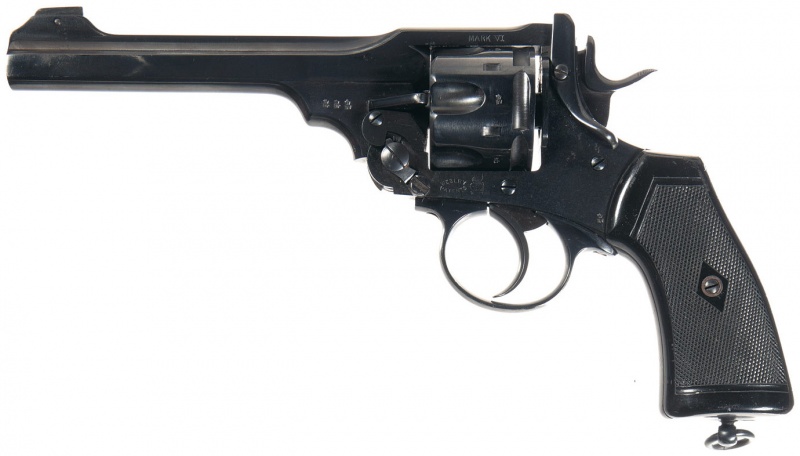
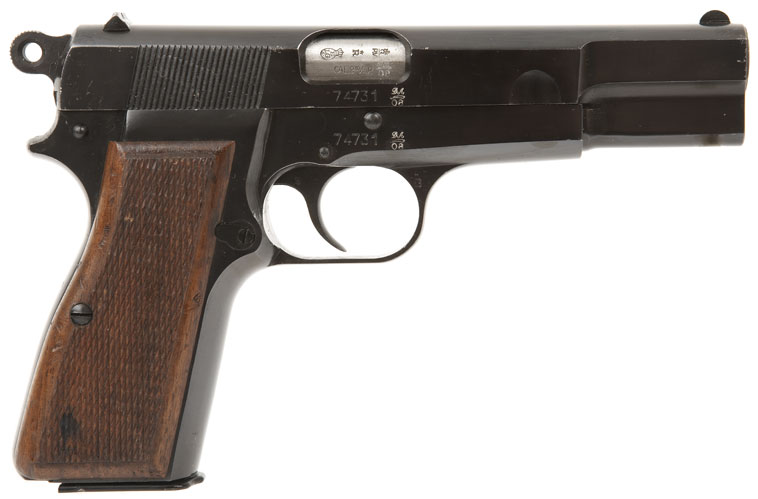


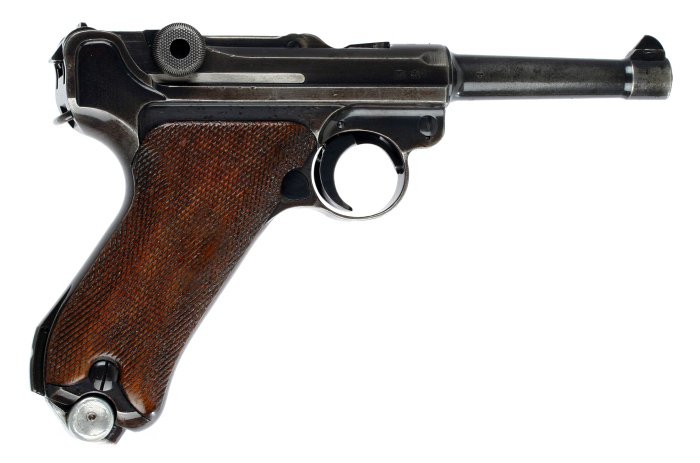
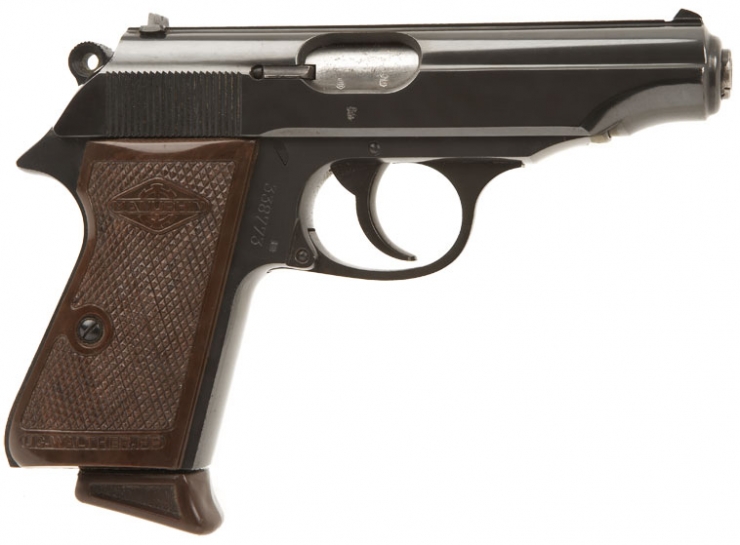
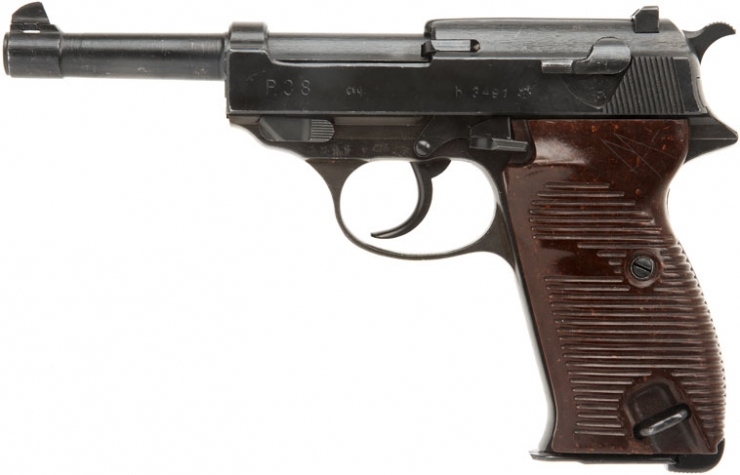

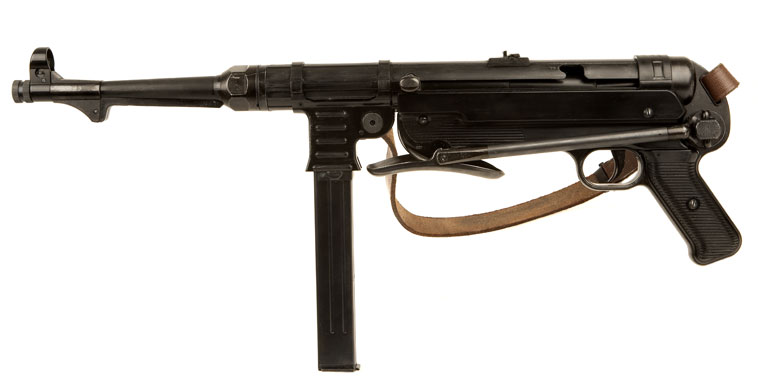









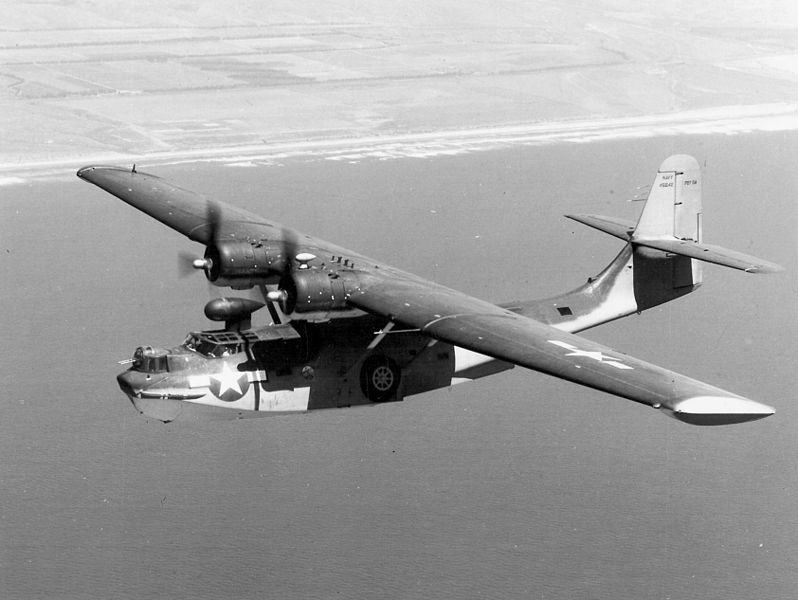
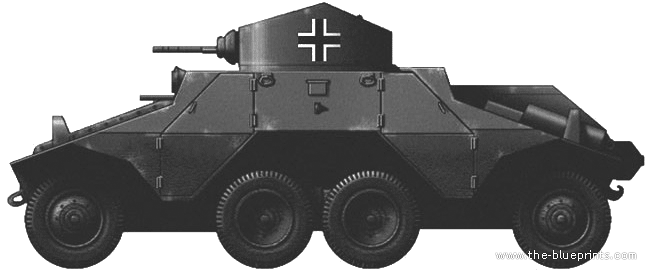









 )
)







 No Axis allowed...
No Axis allowed...